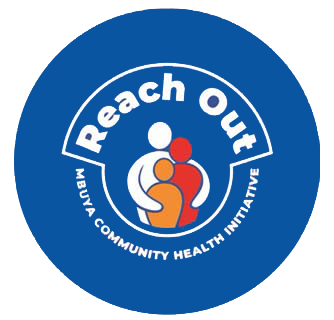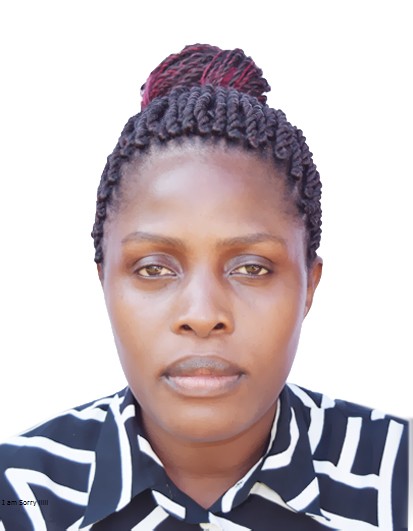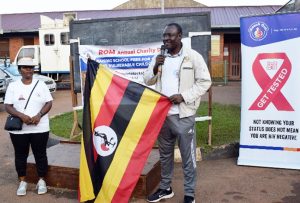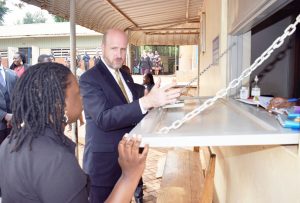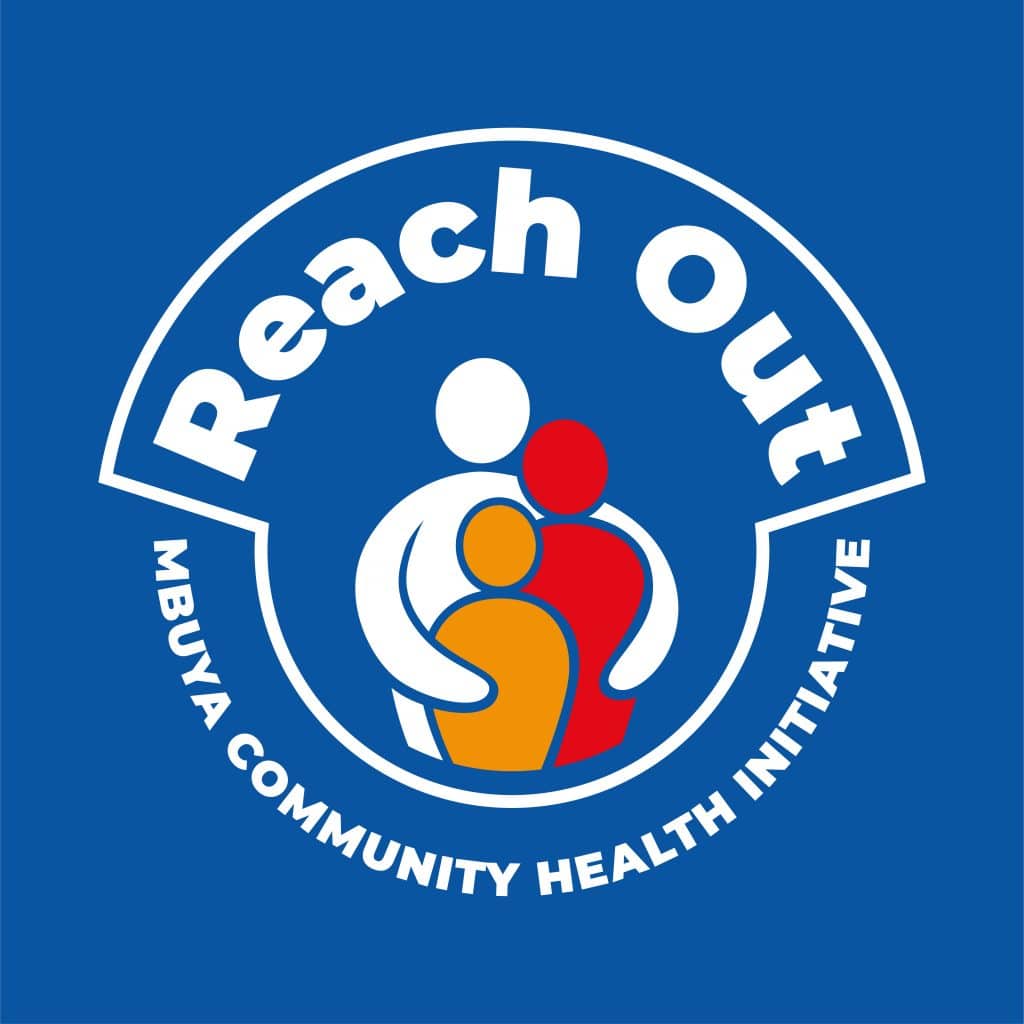By Mary Namugalu
As one of the top 10 causes of death, Tuberculosis (TB) is the leading cause of death from a single infectious agent. In 2019, 1.2 million children fell ill with TB globally. TB in children is often overlooked by health workers and can be difficult to diagnose and treat. By the time a child is diagnosed with TB, it’s late. Most times they are first treated for respiratory tract infections and TB is the last disease considered.
Caused by mycobacterium tuberculosis, which is spread when people who are sick with TB expel bacteria into the air, for example; by sneezing, and coughing without following the coughing etiquettes. TB is easily curable if diagnosed early.
The knowledge gap of the caretakers plays a huge role because when a health worker mentions that a child might be having TB, they will deny it, or even run away from the hospital. On return to the health facility, it might be too late for this child to survive. Mothers often ask questions to health workers on how? and when? their children got tuberculosis. Children are at the risk of acquiring TB if they live in the same household with a person who has been recently diagnosed positive with pulmonary TB, if immunosuppressed like cases of HIV infection or suffer from severe malnutrition.
Nutrition plays a pivotal role in TB treatment among children. Poor nutrition increases the risk of contracting TB. In some families, the house helpers are not considered to be part of the family, they are left to eat leftovers, which puts their health at risk of becoming malnourished thus increasing their risk of acquiring TB, because this food has already lost the important nutrients, yet these are the same people who stay with the children.
When ill, they are often treated with local herbal medicine and not given a chance to get a proper medical check-up from a health facility thus continue to spread the disease if they have it. Their movement from one family to another in search of work further hinders contact tracing by the health workers.
The 2010 global WHO reports ranked Uganda 16th among the 22 TB high burden countries. Uganda, like most of Sub-Saharan Africa, is battling the same with an annual incidence of 330 cases of all forms and 136 new smear-positive cases per 100,000 people per year. It is estimated that about 60% of TB patients are co-infected with HIV/AIDS but one can still acquire TB even if they are not HIV positive.
The risk factors for TB in HIV– infected patients include; low immunity, diabetes, cancers and the patient’s origin. High risk in Sub-Saharan Africa (Uganda inclusive), Europe, and Brazil compared to other countries however, the risk may differ between individuals and communities. The annual risk of TB among HIV patients is 10% yearly compared to the 10% lifetime risk among HIV-negative persons. The clinical presentation of TB among the dually infected persons changed and this has a bearing on the clinical management and design of public health intervention to respond to the dual epidemic.
The government has offered free services for TB laboratory testing, free treatment for TB and approximately 85% of people who get the disease can be successfully treated with a 6-month drug regimen, treatment has the additional benefit of curtailing onward transmission of the infection. TB treatment has prevented more than 60 million deaths since 2000, although with access still falling short of universal health coverage, many people have also missed out on diagnosis and care. Preventive therapy is necessary for HIV-positive clients and HIV-negative children below five years who have been exposed to TB by adults.
The number of people developing TB infection and disease and thus the number of deaths can also be reduced through multisectoral action to address TB determinants such as; early diagnosis, poverty, HIV infection, smoking, keeping clinic appointments and mothers shouldn’t leave the hospital before their children getting Bacillus Calmette−Guérin (BCG) vaccines.
Let us continue to advocate for early diagnosis and a standard treatment for children suffering from TB. Health systems should not neglect children with TB with the misconception that children are less contagious than adults and focus on stopping the spread of TB as a whole. We need to see a change by having all children suffering from TB getting diagnosed, receive treatment and healing from the disease.
The writer is the Tuberculosis Focal Person (Defeat TB Project) at Reach Out Mbuya Community Health Initiative
The article was published in The New Vision 24th March 2021.
